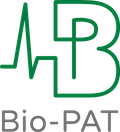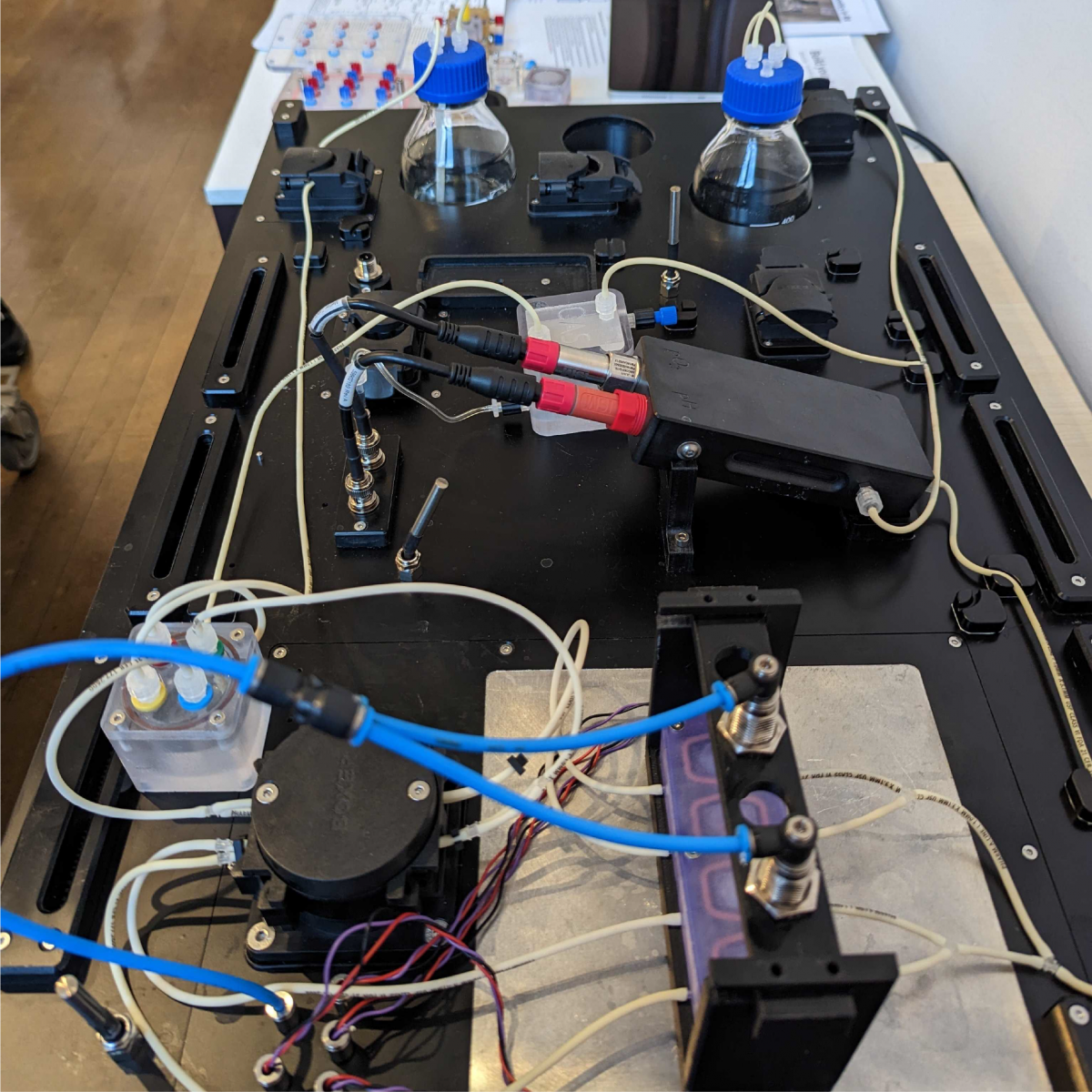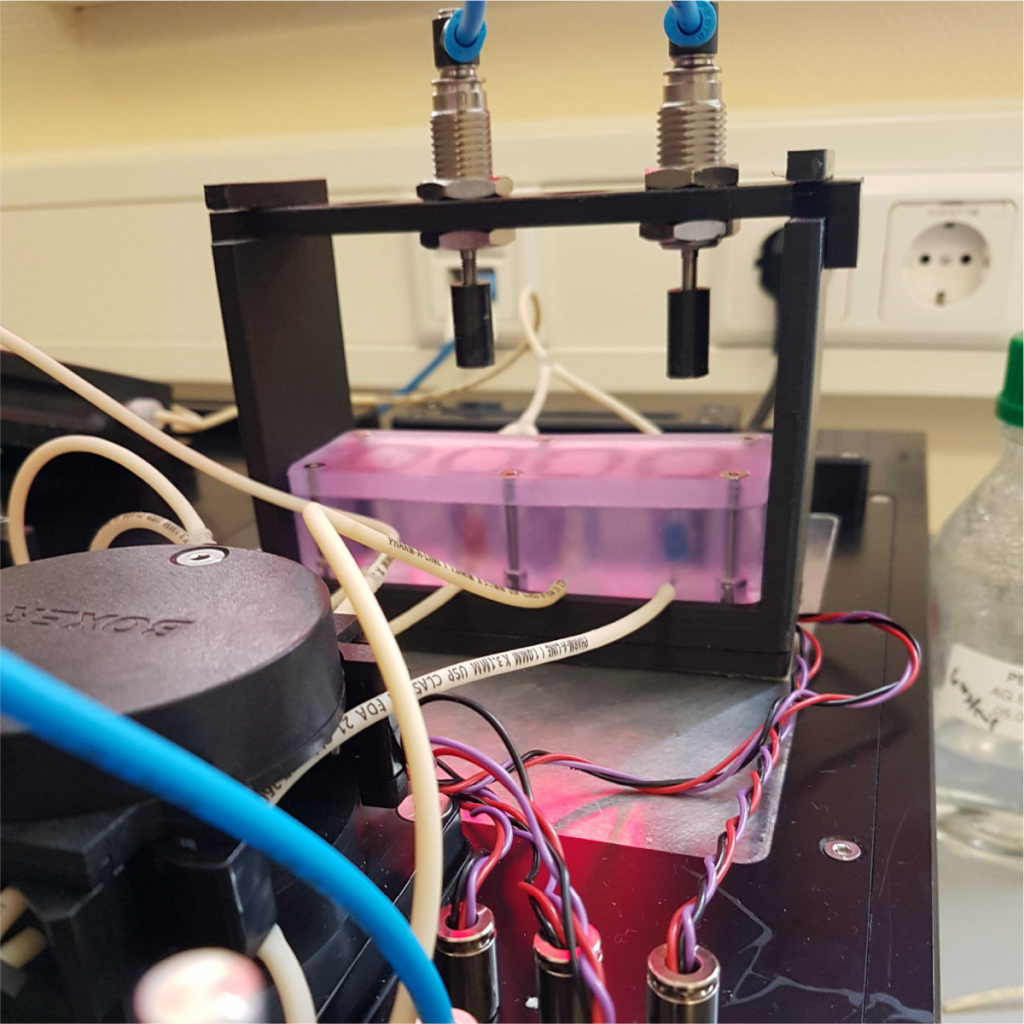Development of an innovative cartridge bioreactor for parallelized cultivation and stimulation of complex tissue models.
Musculoskeletal diseases are among the most common health problems, and the trend is increasing due to the aging population. Adequate patient care is only possible if suitable new therapeutic strategies get through the preclinical and clinical phases and reach the market. Especially in the preclinical stage, small and large animal models are still being used, as no sufficiently suitable in vitro models are yet available. In order to close this gap, the Bio-PAT member OSPIN GmbH, together with Department of Rheumatology and Clinical Immunology at Charité Universitätsmedizin and the German Rheumatism Research Center, is developing, testing, and validating a novel bioreactor system for the parallel cultivation of up to four complex tissue models.
The bioreactor system allows the monitoring of glucose and lactate concentration, the in-situ control of pH and dissolved oxygen levels, as well as the simultaneous perfusion and mechanical stimulation of 3D cell models. Perfusion and mechanical stimulation are integrated into the bioreactor platform via a pneumatic compression system to mimic the repetitive changes in blood flow and weight-bearing during, e.g., walking (Fig. 1 and 2). This enables the close simulation of the natural, dynamic pressure changes well-known to affect the healing of the musculoskeletal system.
Achievements so far include the developed of a preclinical 3D in vitro model simulating the initial phase of fracture healing by co-cultivating fracture hematoma models with bone models (Fig. 1). Self-assembled mesenchymal stromal cells – constituting the bone model – were incubated for up to 48 h in a static/non-perfused environment with reduced oxygen availability (hypoxia).
Next steps consist in:
– cultivating the model for a longer time under perfused and hence closer to in-vivo conditions to study the transition of fracture healing from the inflammatory towards the anti-inflammatory phase, and
– mimicking loading conditions that influence the fracture healing process.
Fig. 2: Schematics of the pressure system, allows to accelerate the calcification of bone models consisting of self-assembled mesenchymal stromal cells.
Figure 3: Photo of the bioreactor including pressure system.





